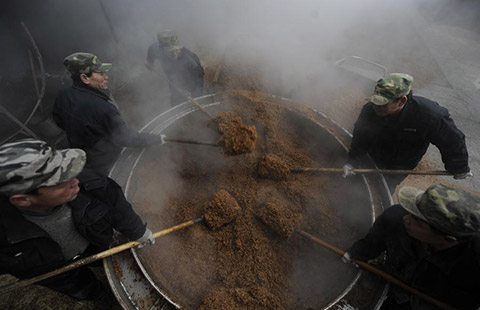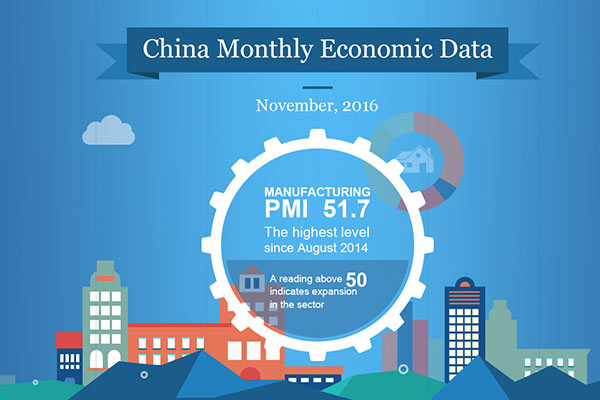How China's richest man sees the wealth gap
BEIJING -- Beverage tycoon Zong Qinghou said achieving common prosperity is not a distant dream for China, as the government has moved to narrow the wealth gap via secondary distribution.
Crowned the richest billionaire on the Chinese mainland by the Hurun Research Institute again this month, Zong stands out among the country's nearly 3,000 national legislators with his 82-billion-yuan ($13.18 billion)?fortune he accumulated while running the country's largest beverage group, the Wahaha. "I, personally, do not sense any public hostility toward wealth," the 68-year-old legislator said on Thursday in response to a question from the media on China's wealth gap on the sidelines of the ongoing annual session of the 12th National People's Congress, the top legislature.
The annual per capita disposal income of China's urban residents stood at 24,565 yuan in 2012, while the per capita net income for rural residents was just 7,917 yuan.
"I started selling beverage, made no power-for-money deals and never profiteered. I've helped people get rich, including my employees, suppliers and lots of farmers, as my business is involved in the deep processing of farm produce," he said.
"I don't live a luxurious life. My life is as simple as many Chinese," he added.
Zong said only a few have accumulated wealth through power-for-money deals.
"Most Chinese have become better off through diligent work. Those who get wealthy must always remember where they came from and make continuous efforts to help others eliminate poverty," Zong said.
When China started its reform and opening-up drive in the late 1970s, letting some people get rich first and then helping others to achieve common prosperity has been regarded as a viable strategy for China to pull people out of poverty.
However, when China released its first official rich-poor index since 2000 in mid-January, it painted a far-from-rosy picture of what the country needs to do to bridge the wealth gap.
Statistics from the National Bureau of Statistics show that the country's Gini coefficient reached 0.474 in 2012, higher than the warning level of 0.4 set by the United Nations.
NBS chief Ma Jiantang has said the index has retreated gradually since peaking at 0.491 in 2008, dropping to 0.49 in 2009, 0.481 in 2010 and 0.477 in 2011.
At its 18th National People's Congress in mid-November, China's ruling party, the Communist Party of China, announced that it aims to double the 2010 GDP and per capita income for both urban and rural residents by 2020.
In early February, the State Council, China's cabinet, issued a guideline on income redistribution reform, though implementation details have yet to be announced.
To narrow the wealth gap, Zong said entrepreneurs and the wealthy should shoulder their social responsibility and engage in philanthropic work.
"Wealth gaps exist in all countries. China is narrowing its income gap through secondary distribution...I think achieving common prosperity is not a distant dream for the Chinese," he said.























